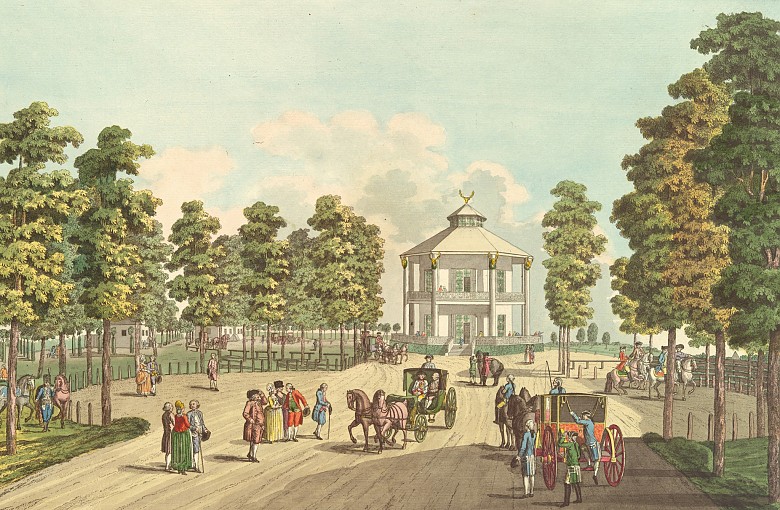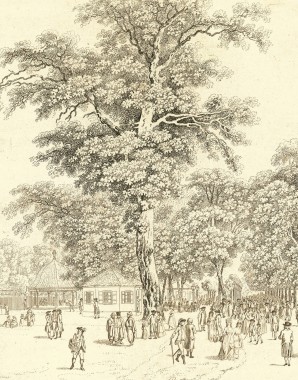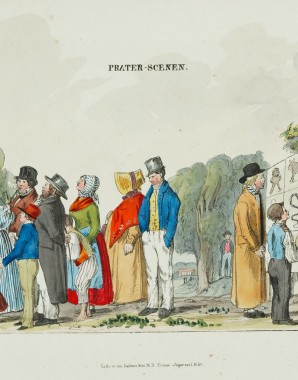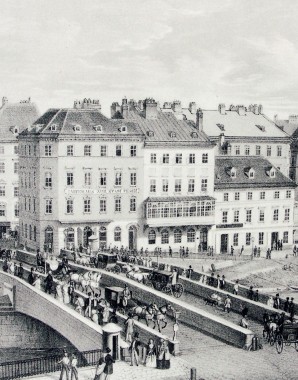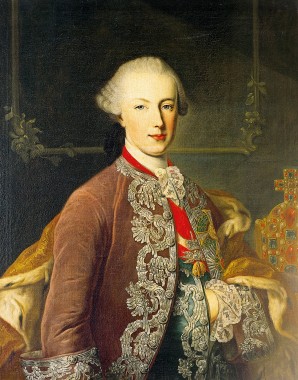Vienna - Prater
1766
The Prater was originally an imperial hunting reserve in the game-rich wetland forests near Vienna. The name derives from the Latin word for meadow or water meadow, pratum (also the root of the Spanish prado or Italian prato). The water meadows and the avenues of trees are the characteristic features of the park. The main avenue of the Prater was laid out and planted with horse chestnut trees as far back as the sixteenth century. The system of avenues was extended around the Praterstern intersection under Joseph II, and the Lusthaus erected as a point de vue or eye-catcher.
After Emperor Joseph II opened the Prater to the public in 1766, it became the city’s most important recreational amenity.
